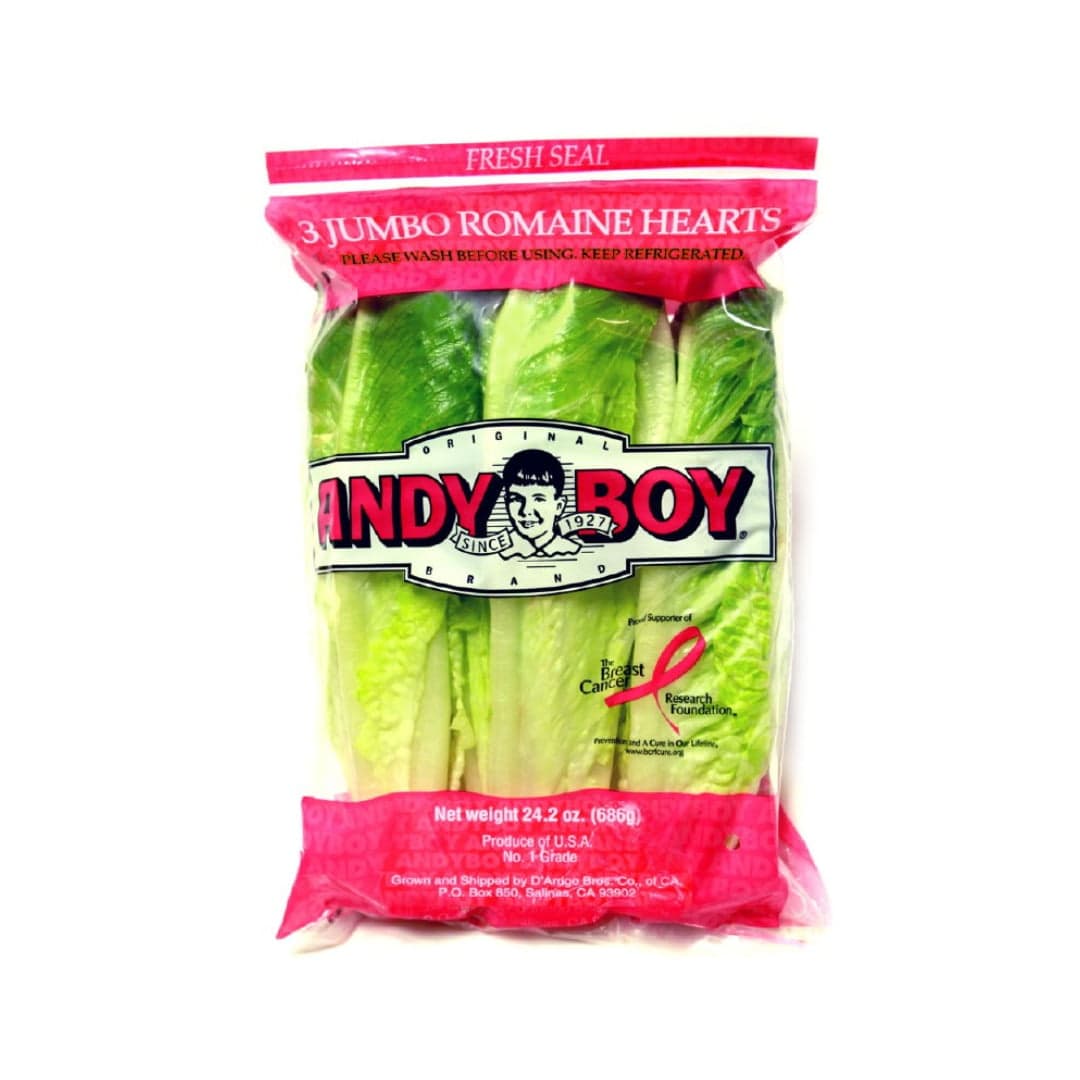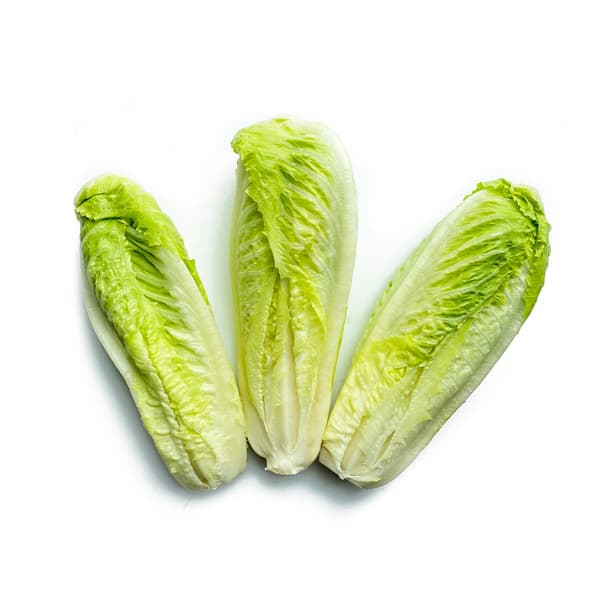
Aruguh
Product Details
Description
Arugula (*Eruca sativa*), often called **rocket** (in the UK, Australia, and New Zealand), **roquette**, or **garden rocket**, is a leafy green vegetable native to the Mediterranean region. *** ### Key Characteristics * **Family:** It belongs to the **Brassicaceae** (mustard or cabbage) family, which is why it has a distinct taste, unlike lettuce. * **Appearance:** The leaves are vibrant green and can range from smooth and elongated when young to having deep, distinctive lobes as they mature. * **Flavor Profile:** Arugula is prized for its signature **peppery**, tangy, and slightly **nutty** flavor. * **Baby Arugula:** Younger leaves are milder. * **Mature/Wild Arugula:** Older or wild-harvested leaves tend to be more pungent and bitter, especially when the plant starts to "bolt" (grow a flower stalk). * **Culinary Use:** Arugula is one of the most popular salad greens, known for adding a lively kick to cold dishes. It is also often used: * **As a topping:** Added raw to pizza or pasta just before serving. * **Cooked:** The peppery flavor mellows out when briefly sautéed or added to soups and sauces, adopting a more nutty flavor. * **All parts are edible:** The leaves, the small white flowers (which have purple veins), and the young seed pods are all safe to eat. *** ### Nutritional Highlights Arugula is a highly nutritious, low-calorie food. It is an excellent source of: * **Vitamin K:** Crucial for blood clotting and bone health. * **Vitamin C:** A powerful antioxidant. * **Folate** (a B vitamin). * **Vitamin A** (as beta-carotene). * **Calcium** and **Magnesium**. Like other cruciferous vegetables, it contains **glucosinolates**, which give it its pungent flavor and are studied for their potential cancer-fighting properties.
Product Information Notice
We strive to provide accurate information regarding ingredients, nutritional details, product images, and descriptions on our website. However, this information may occasionally change. For the most current and precise ingredient and nutrition information, please always refer to the actual product packaging.
You Might Also Like
Discover more products based on your current selection







